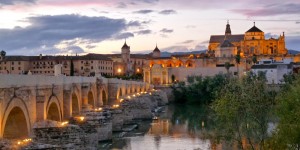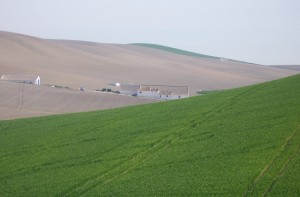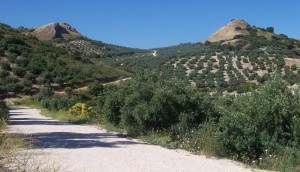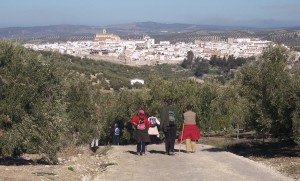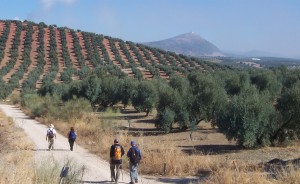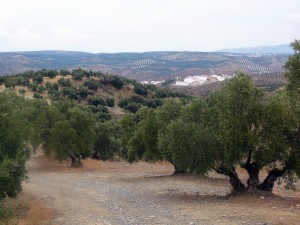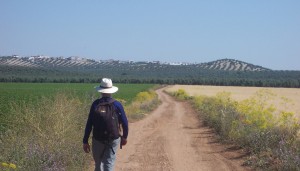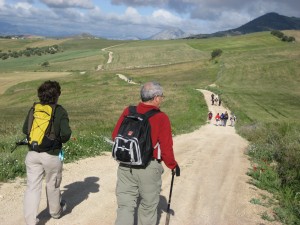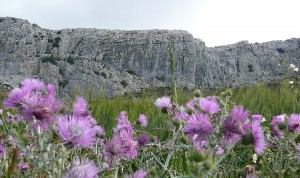The paths used to reach Compostela have been very different. In each historical moment pilgrims seeking the paths that offered greater security and establishments were equipped to receive adequate hospitality.
When the advance of the Reconquista displaced Muslims to the south, the Church and the Christian monarchies contributed to the development of the French and Aragonese Ways, but never missed pilgrims who flocked to Santiago in other ways. They began the pilgrimage in the place where they lived, in every corner of Spain, and the more passable, or safer at all times roads, approached the French Way to take advantage of existing facilities: pilgrim hospitals, real protection, benefits economic tolls and tolls, etc.
Although most of this flow had its origin in Christian territory, it has also been significant pilgrimage that started in Muslim-dominated areas.
Our association took responsibility for revitalizing the Mozarabic Camino de Malaga, which begins at the Church of Santiago de Málaga, Almogía passes, Villanueva de la Concepcion, Antequera, Cartaojal and Cuevas Bajas. Already in Córdoba continues by Encinas Reales, Lucena, Cabra, Doña Mencia, Baena, Castro del Río, Mirror and Santa Cruz to the capital of the Caliphate.
From Córdoba, the Way continues until Merida and continues along the Via de la Plata towards Caceres, Salamanca and Zamora, Orense to continue and reach Santiago de Compostela.
When planning the Way should take into account the high temperatures make it difficult long stages through the fields of Andalusia and Extremadura in July and August, and the risk of having to take long detours to wade through some streams during the rainy season. On the other hand, poor infrastructure sometimes forced to sleep in swimming pools and sports centers. Therefore, here, we do not define stages, we speak simply of sections, and let each define the distance traveled each day based on their own strengths.
 Asociación Jacobea de Málaga
Asociación Jacobea de Málaga 